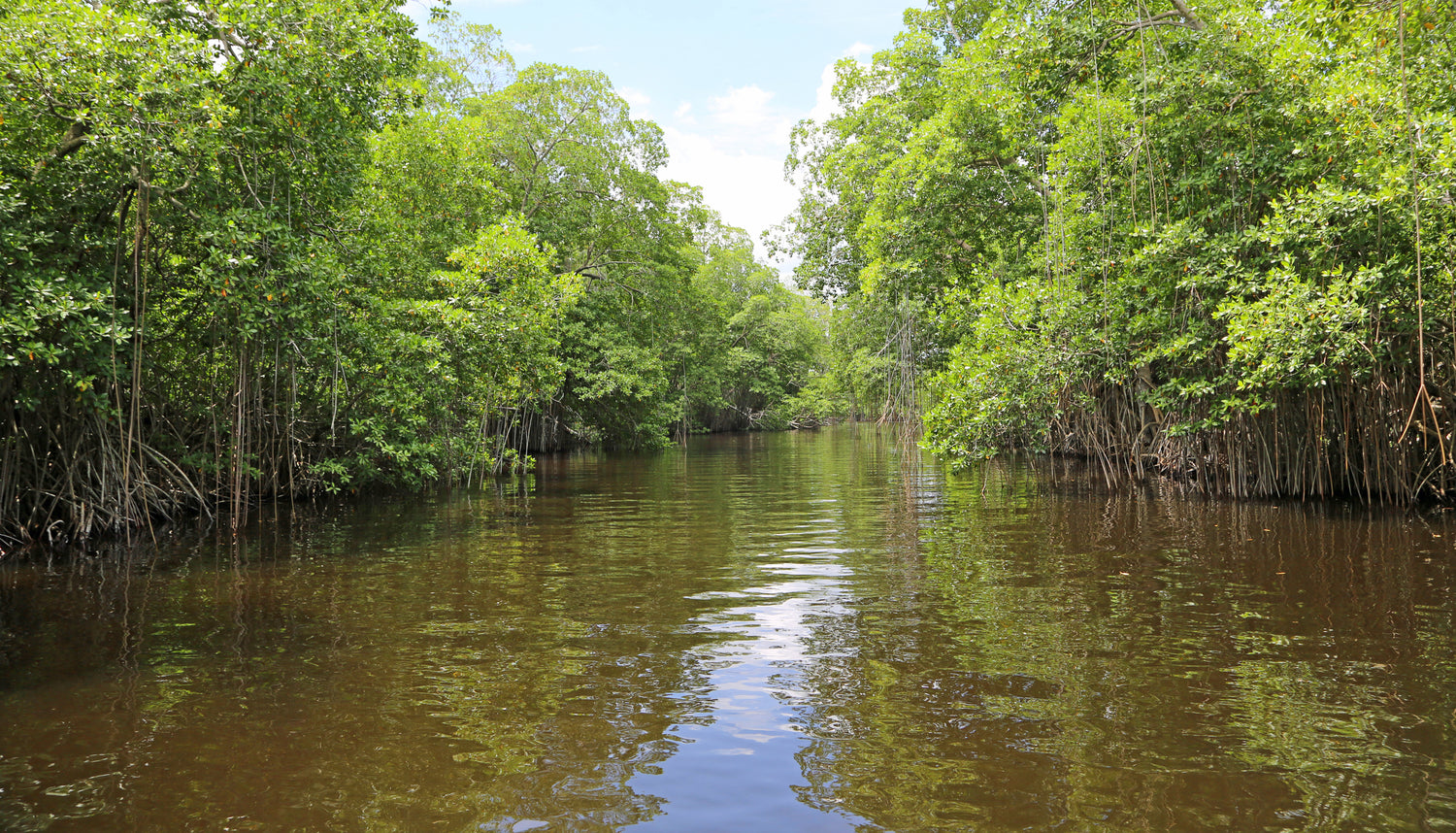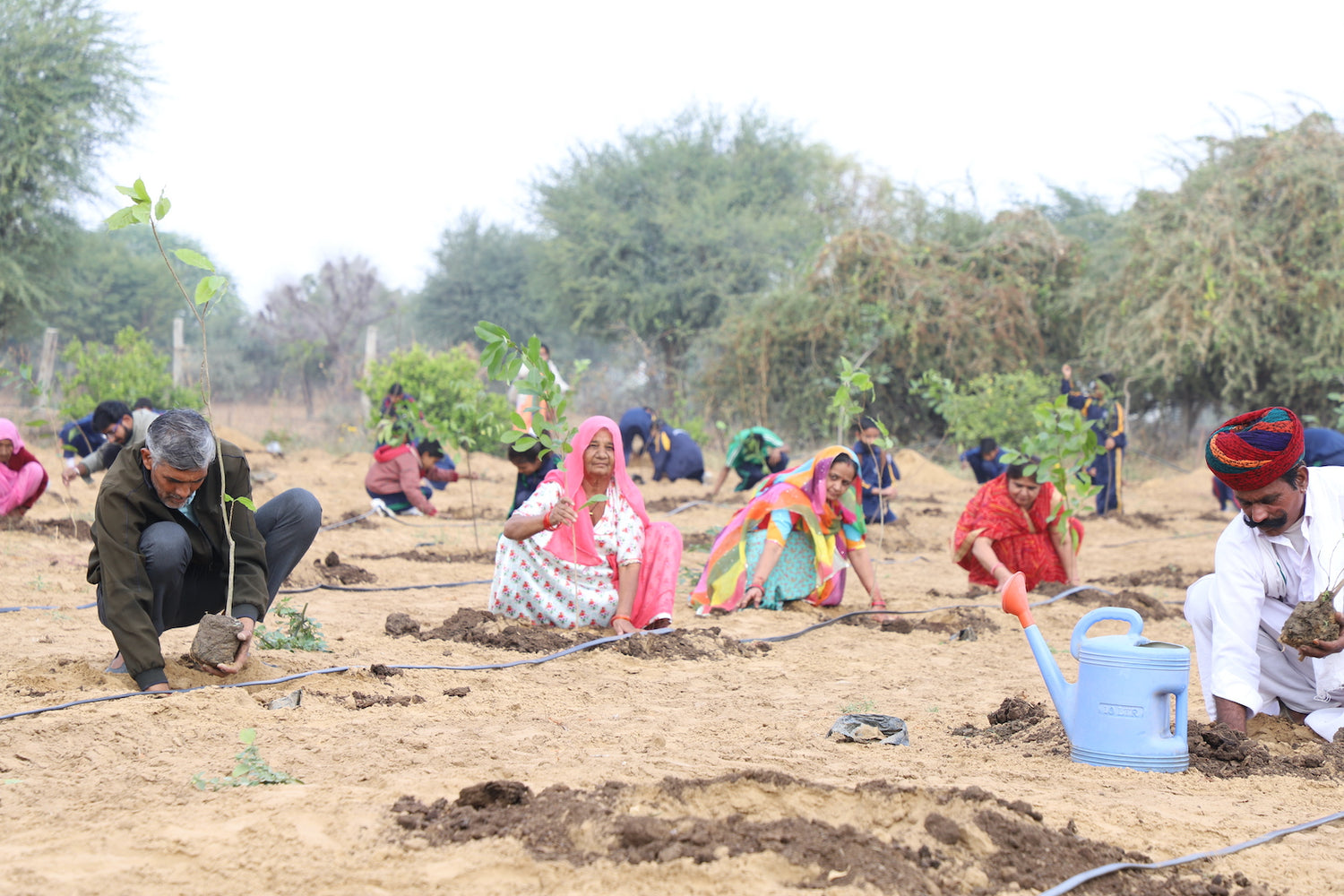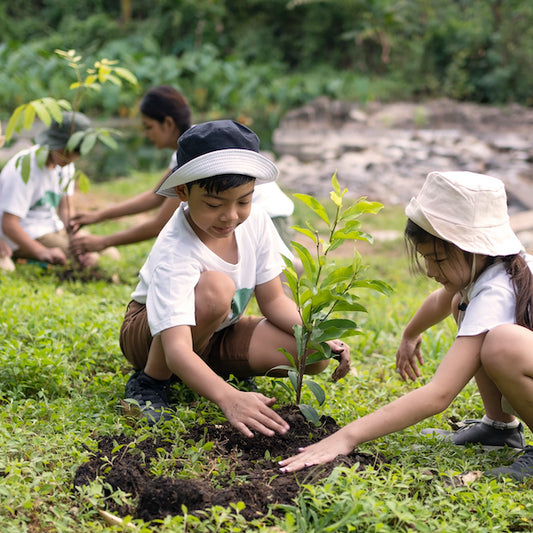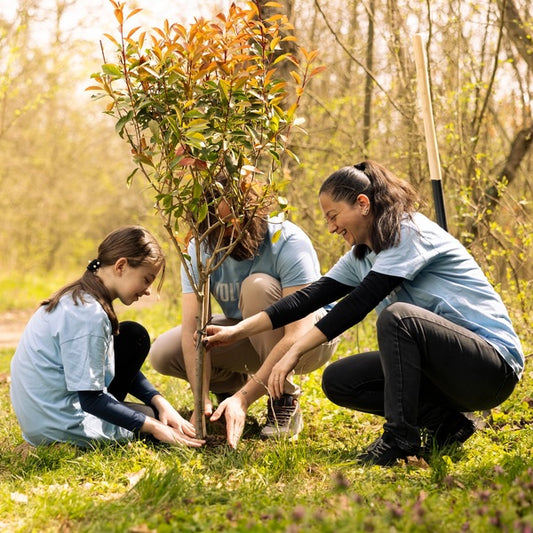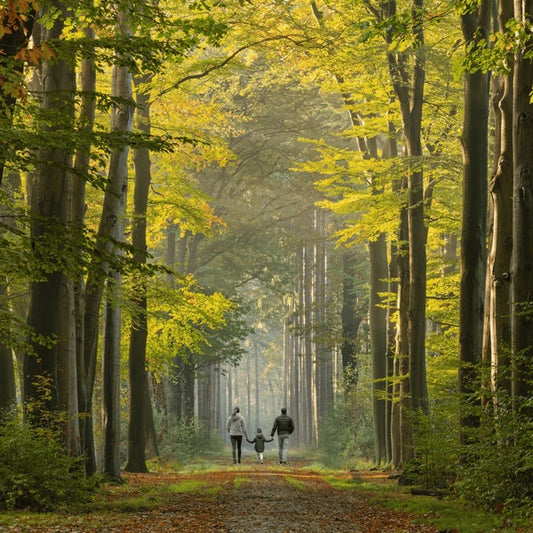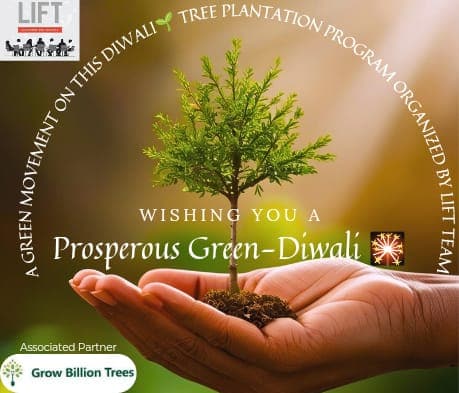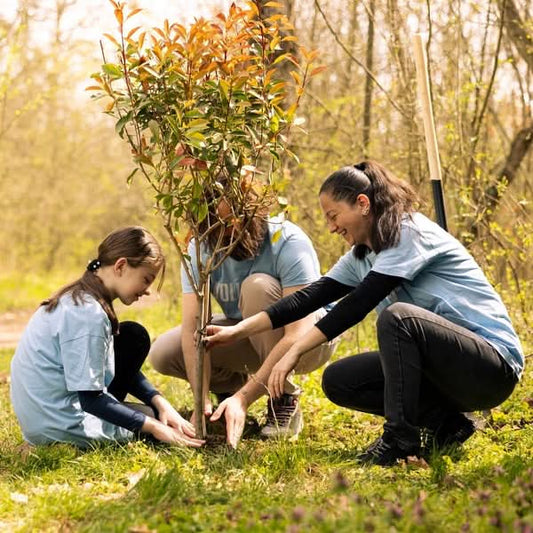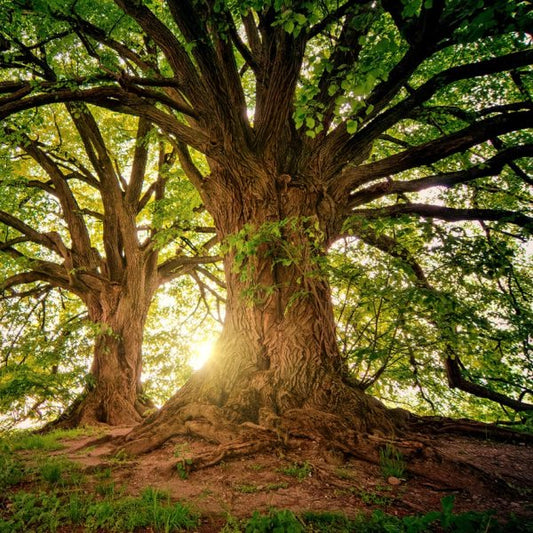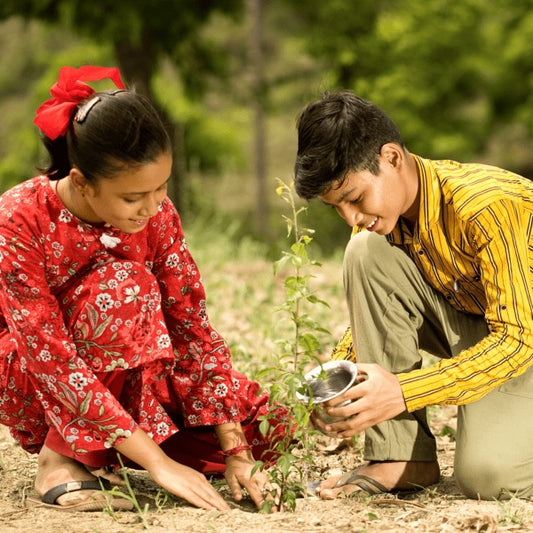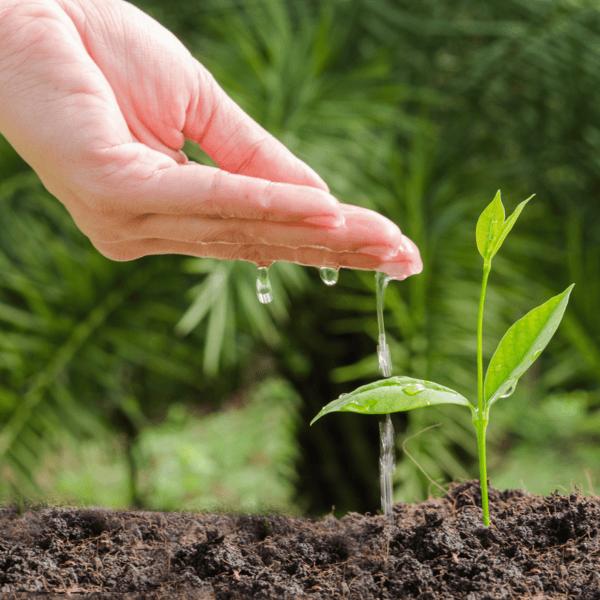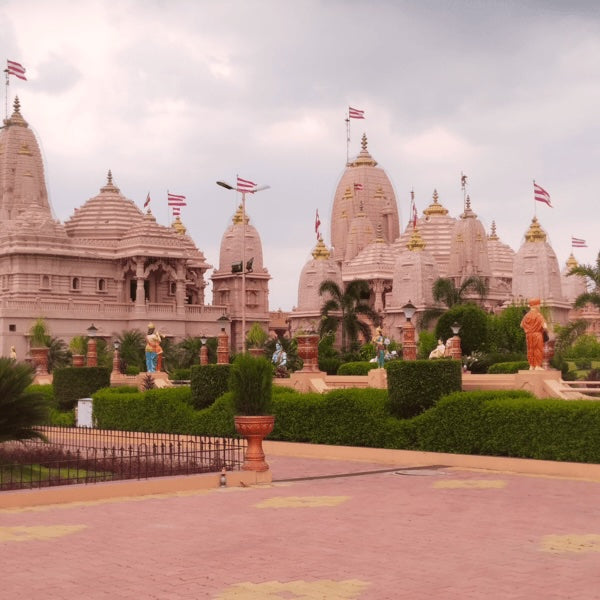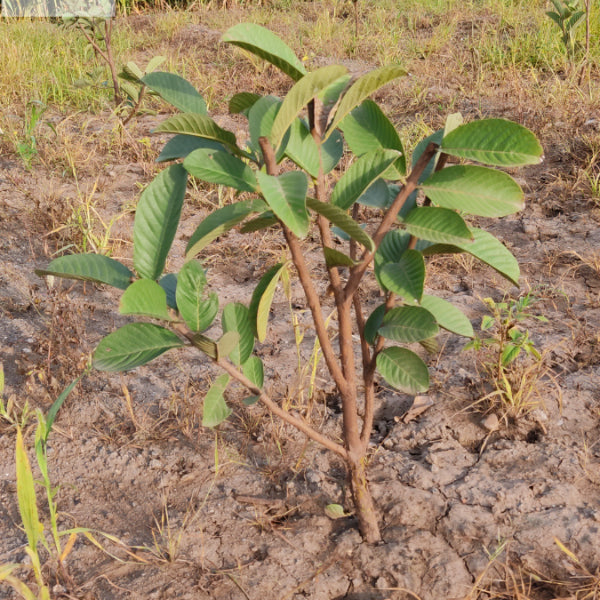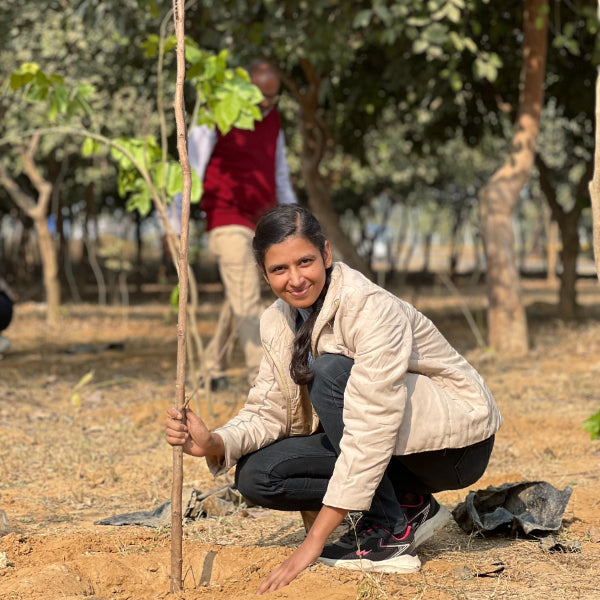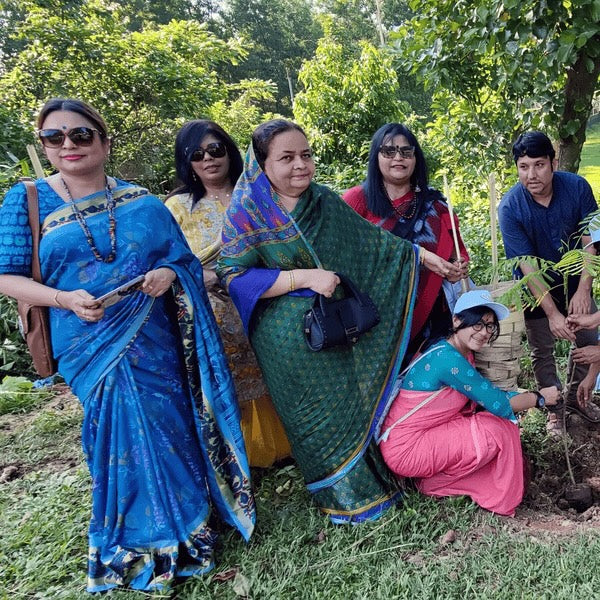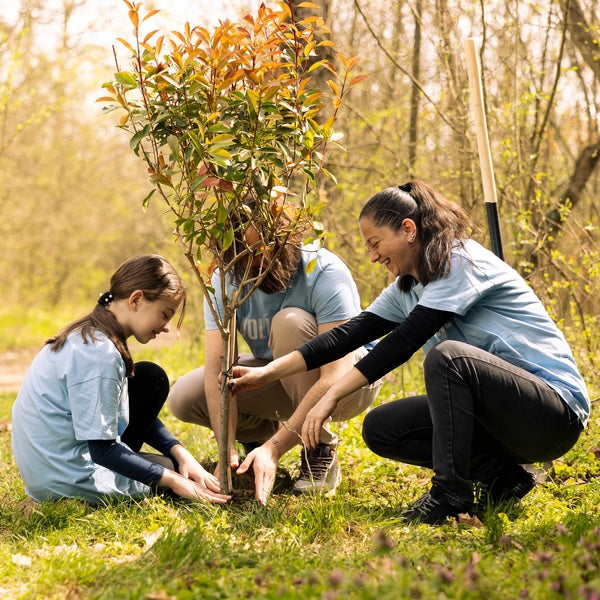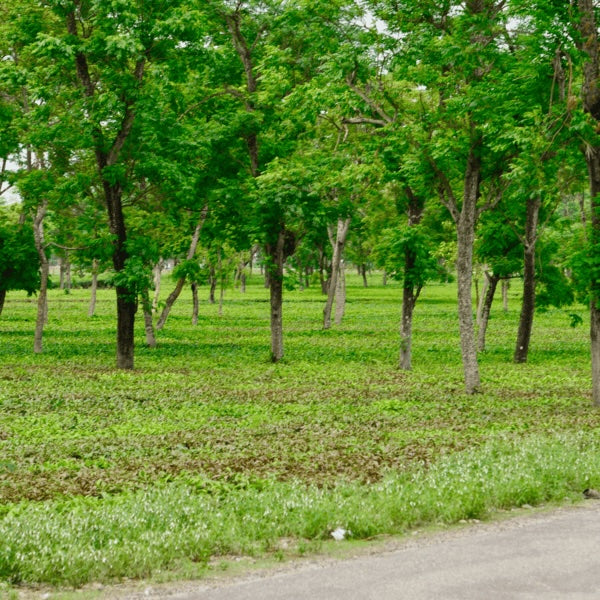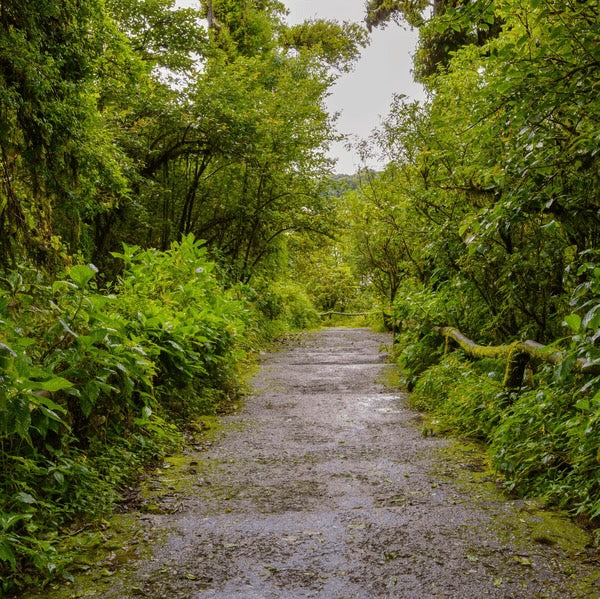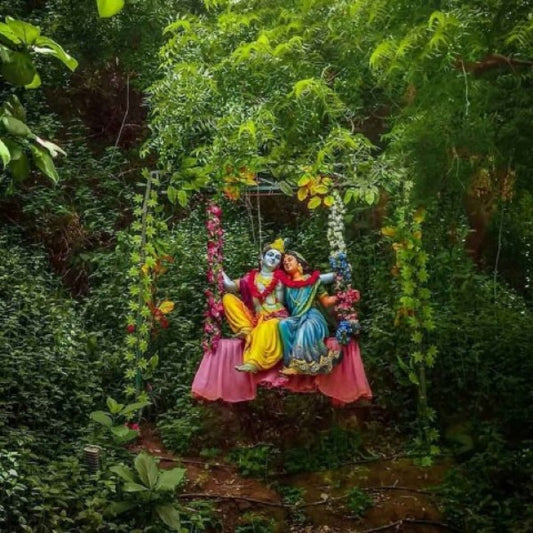Mangrove Khijadia: Birds, Wetlands and Rooted Harmony
Mangrove Khijadia, located in the state of Gujarat, India, is a remarkable ecosystem that serves as a sanctuary for diverse bird species and a vital w Read more
Connect with us
-
👥 Corporates
If you are looking for:
- 🌲 Tree Plantation Events
- 📊 CSR Projects
📧 corporate@growbilliontrees.com
📞 +91 9699723523
💬 +91 9325931304 WhatsApp (Only)
🕒 Mon - Sat | 10am - 7pm IST
-
🧩 Tree Plantation NGOs
If you are looking for:
- 💰 Financial Assistance
- 🤝 Operational Support
📧 support@growbilliontrees.com
📞 +91 9699723523
💬 +91 9325931304 WhatsApp (Only)
🕒 Mon - Sat | 10am - 7pm IST
-
🌼 Individuals
If you are looking for:
- 👥 Group Tree Plantation Drive
- 🌳 Bulk Tree Plantation
📞 +91 9699723523
💬 +91 9325931304 WhatsApp (Only)
🕒 Mon - Sat | 10am - 7pm IST
Trending
Trees for Corporates
Mangrove Khijadia: Birds, Wetlands and Rooted Harmony
Mangrove Khijadia, located in the state of Gujarat, India, is a remarkable ecosystem that serves as a sanctuary for diverse bird species and a vital wetland habitat.
This unique region is not only a haven for wildlife but also plays a crucial role in environmental conservation and climate change mitigation.
In this article, we will explore the significance of Mangrove Khijadia, its avian inhabitants, historical context, environmental impact, and the efforts of organizations like Grow Billion Trees Partners in promoting and executing conservation projects in this area.
The Importance of Mangrove Ecosystems 🌊
Mangroves are coastal ecosystems characterized by salt-tolerant trees and shrubs that thrive in intertidal zones. They provide numerous ecological benefits, including:
- Coastal Protection: Mangroves act as natural barriers against storm surges and coastal erosion.
- Carbon Sequestration: These trees store carbon dioxide, helping to mitigate climate change.
- Biodiversity Hotspots: Mangroves support a wide range of flora and fauna, making them critical for biodiversity.
Birdlife in Mangrove Khijadia 🦜
Mangrove Khijadia is renowned for its rich avian diversity. Over 200 species of birds have been recorded in this region, making it a paradise for birdwatchers and nature enthusiasts. Some notable species include:
- Flamingos: These iconic birds flock to the wetlands during migration, creating a stunning spectacle.
- Herons and Egrets: Various species of herons and egrets can be spotted hunting in the shallow waters.
- Kingfishers: Known for their vibrant colors, kingfishers are often seen perched on mangrove branches.
Fun Fact: The Khijadia Bird Sanctuary is a crucial stopover for migratory birds along the East Asia-Australasia Flyway, showcasing the global importance of this wetland habitat.
Historical Context 📜
The Khijadia region has a rich history intertwined with the local communities that have relied on its resources for generations. Historically, the mangroves were used for fishing, fuelwood, and traditional medicine. However, rapid urbanization and industrialization posed significant threats to this delicate ecosystem.
Recognizing the need for conservation, the Khijadia Bird Sanctuary was established in 1981, aiming to protect the unique biodiversity and restore the ecological balance.
Environmental Impact 🌍
The degradation of mangrove ecosystems has far-reaching consequences, including loss of biodiversity, increased vulnerability to climate change, and disruption of local livelihoods. Mangroves play a critical role in maintaining water quality, supporting fisheries, and providing habitat for numerous species. The conservation of Mangrove Khijadia is essential not only for the birds and wildlife that inhabit it but also for the surrounding communities that depend on its resources.
Grow Billion Trees Partners: A Catalyst for Change 🌱
Grow Billion Trees Partners is an organization dedicated to environmental conservation and reforestation efforts. In the Mangrove Khijadia region, they have been instrumental in executing and promoting various projects aimed at restoring mangrove habitats and enhancing biodiversity. Their initiatives include:
- Tree Planting Drives: Organizing community-based tree planting events to restore degraded mangrove areas.
- Awareness Campaigns: Educating local communities about the importance of mangroves and sustainable practices.
- Research and Monitoring: Collaborating with scientists to monitor bird populations and assess the health of the ecosystem.
Through these efforts, Grow Billion Trees Partners not only contributes to the restoration of Mangrove Khijadia but also empowers local communities to take an active role in conservation.
Conclusion: A Call to Action 🌏
Mangrove Khijadia stands as a testament to the beauty and importance of coastal ecosystems. By protecting and restoring this unique habitat, we can ensure a thriving environment for birds, wildlife, and future generations. Join the movement to conserve our planet's precious resources and support organizations like Grow Billion Trees Partners in their mission to create a greener, more sustainable future.
Mangrove Ecosystem
Dive into the enchanting world of mangrove ecosystems, where trees wear their roots like fashionable shoes and birds flaunt their vibrant feathers. These coastal wonders are not just a pretty sight; they serve as nature's very own sponge, soaking up excess water and providing a home for countless critters.
Khijadia Wetlands
Ah, Khijadia Wetlands, where water meets whimsy! This vibrant habitat is a birdwatcher's paradise, with feathered friends flitting about like they own the place. It's a stage for nature's finest performers, showcasing a dazzling array of species that make every visit feel like a front-row seat to a wildlife show.
Birdwatching in Khijadia
Grab your binoculars and prepare for a birdwatching bonanza! Khijadia is the ultimate hotspot for avian enthusiasts, where every tree branch is a potential perch for a rare sighting. With a little patience and a lot of excitement, you might just spot a feathered celebrity or two.
Mangrove Conservation
Let’s talk about saving the mangroves! These green giants are the unsung heroes of our planet, fighting climate change and providing shelter for wildlife. Supporting mangrove conservation is like giving Mother Nature a high-five while ensuring that future generations can enjoy these lush landscapes.
Avian Diversity
If variety is the spice of life, then avian diversity is the whole buffet! Khijadia boasts a smorgasbord of bird species, each with its own quirks and charms. From the majestic heron to the cheeky kingfisher, this place is a feathered fiesta that will leave you in awe.
Ecotourism in Khijadia
Ecotourism in Khijadia is like a guilt-free vacation for nature lovers! You can explore the beauty of the wetlands while supporting local communities and conservation efforts. It’s a win-win situation where you get to enjoy stunning views and help protect the environment at the same time.
Mangrove Roots
The roots of mangroves are like nature’s very own architectural marvels, intertwining and creating a sturdy foundation for life. These roots not only stabilize the shoreline but also provide a playground for crabs and fish. It’s a root party down there, and everyone’s invited!
Wetland Biodiversity
Wetland biodiversity is the ultimate showcase of nature’s creativity. With a mix of flora and fauna that could rival any art gallery, Khijadia’s wetlands are a testament to the beauty of life. Each species plays a role in this intricate tapestry, making it a must-visit for anyone who appreciates the wonders of nature.
Migratory Birds
Khijadia is a pit stop for migratory birds, who treat it like their favorite roadside diner. These feathered travelers flock to the wetlands for a hearty meal and a little R&R before continuing their journey. It’s like a birdy version of a road trip, complete with scenic views and plenty of snacks.
Sustainable Practices
Embracing sustainable practices in Khijadia is like giving a warm hug to the environment. From responsible tourism to community-led conservation efforts, these practices ensure that the beauty of the wetlands is preserved for generations to come. It’s all about living in harmony with nature, folks!
Nature Photography
If you have a knack for capturing beauty, Khijadia is your canvas! With stunning landscapes and vibrant wildlife, it’s a photographer’s dream come true. Whether you’re a pro or just starting out, the wetlands offer endless opportunities to snap that perfect shot and make your friends green with envy.
Local Culture
The local culture around Khijadia is as rich as the biodiversity it supports. With traditions intertwined with nature, the community thrives on the resources provided by the wetlands. Visiting here is not just about the birds; it’s about experiencing the vibrant tapestry of life that surrounds them.
You may like
Corporate Plantations
FAQ
What is Mangrove Khijadia?
A magical blend of birds, wetlands, and trees, Mangrove Khijadia is a sanctuary where nature throws a party. It’s a vibrant ecosystem that supports diverse wildlife, especially birds, while showcasing the beauty of mangroves. Think of it as nature’s own version of a cozy café, where every creature is a regular!
Why are mangroves important?
Mangroves are the superheroes of the coastal world! They protect shorelines from erosion, provide habitat for countless species, and even act as carbon sinks. Plus, they filter pollutants like a pro, ensuring our waters stay clean. Who knew trees could be so multi-talented
What birds can be spotted at Khijadia?
Get your binoculars ready! Khijadia is a birdwatcher’s paradise, hosting a dazzling array of feathered friends. From migratory waders to resident beauties, you’ll find everything from flamingos to kingfishers. It’s like a bird fashion show, and everyone’s invited!
When is the best time to visit?
Timing is everything! The best time to visit Mangrove Khijadia is during the winter months, from November to February. That’s when the migratory birds flock in, turning the wetlands into a bustling avian metropolis. So, grab your calendar and mark those dates!
How do mangroves support biodiversity?
Mangroves are like nature’s buffet! They provide food, shelter, and breeding grounds for a plethora of species. Fish, crabs, birds, and even insects thrive in this rich ecosystem. It’s a harmonious community where everyone plays a role, and the food chain is a well-oiled machine!
Can I participate in conservation efforts?
Absolutely! At Grow Billion Trees, we believe in the power of community. You can join our tree-planting initiatives, volunteer for clean-up drives, or simply spread the word about the importance of mangroves. Every little effort counts, and together, we can make a big difference!
What role do mangroves play in climate change?
Mangroves are the unsung heroes in the fight against climate change! They sequester carbon dioxide, helping to mitigate global warming. By preserving and restoring these ecosystems, we’re not just saving trees; we’re saving our planet. It’s a win-win for everyone involved!
Are there guided tours available?
Yes, indeed! Guided tours at Mangrove Khijadia are like having a personal tour guide who knows all the juicy secrets of the wetlands. You’ll learn about the flora and fauna while enjoying the sights and sounds of nature. It’s an adventure that’s both educational and entertaining!
What should I bring for my visit?
Pack your sense of adventure! Bring binoculars for birdwatching, a camera to capture the beauty, and comfortable shoes for exploring. Don’t forget sunscreen and water to stay hydrated. And maybe a snack, because nature can work up quite an appetite!
Is there an entry fee for Khijadia?
Good news! Entry to Mangrove Khijadia is often free or has a minimal fee. It’s like nature’s way of saying, “Come on in, the water’s fine!” Just check local guidelines before you go, and prepare for a day of fun without breaking the bank!
How can I learn more about mangroves?
Dive into the world of mangroves with us! Follow Grow Billion Trees on social media, read our blogs, or join workshops. We’re all about sharing knowledge and spreading the love for these incredible ecosystems. The more you know, the more you’ll appreciate their beauty!

